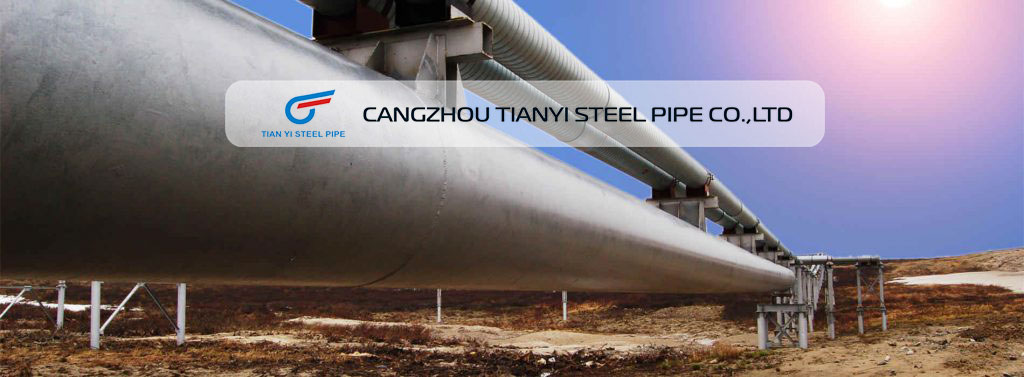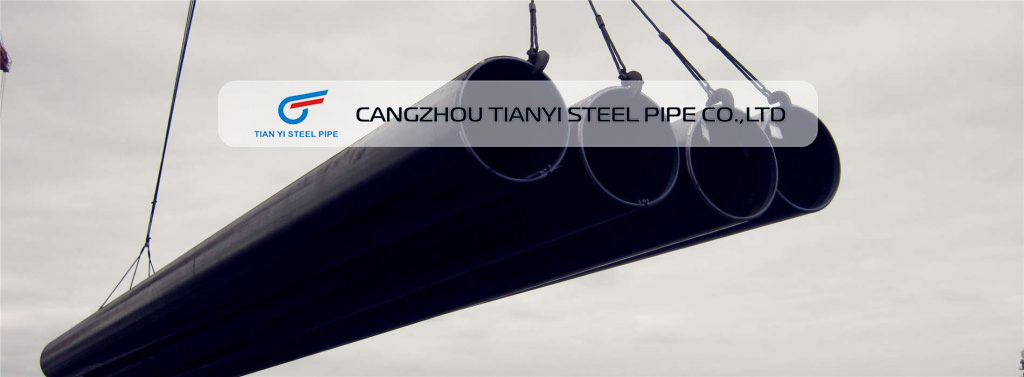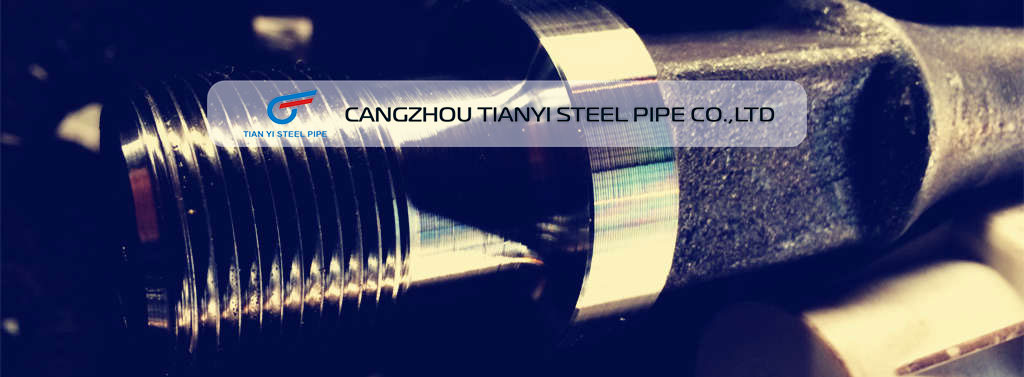The steel industry is an important component of th

### 1. Global Electrical Steel Market
According to available market data, the global electrical steel market has shown a steady growth trend from 2020 to 2027. Specifically:
-Market size: In 2020, the global electrical steel market size was 21 billion US dollars. It is expected that by 2027, this number will grow to 22.5 billion US dollars, with a compound annual growth rate of about 1.5%.
-Growth Trend: From 2020 to 2027, the global electrical steel market has been growing year by year, demonstrating stable market demand and good development prospects. The market size was 21 billion US dollars in 2020, 20.42 billion US dollars in 2021, 21.42 billion US dollars in 2022, 22.49 billion US dollars in 2023, 23.63 billion US dollars in 2024, 24.84 billion US dollars in 2025, 26.13 billion US dollars in 2026, and 27.5 billion US dollars in 2027.
### 2. Scrap steel market
Scrap steel is one of the important raw materials for steel production, and changes in its procurement volume reflect the supply and demand situation in the market. According to available data:
-* * Procurement Volume * *: In 2017 and 2018, the procurement volume of scrap steel in major markets was 33 million metric tons and 52.73 million metric tons, respectively, showing significant growth. This indicates the increasing importance of scrap steel in steel production.
-* * Growth Trend * *: In 2017, the purchase of scrap steel was 33 million metric tons, which increased to 52.73 million metric tons in 2018, an increase of 59.8%. This growth reflects the steel industry's emphasis on sustainable development and resource recycling.
### 3. market drivers
-Economic recovery: The gradual recovery of the global economy, especially in infrastructure construction and manufacturing, has driven the growth of steel demand.
-* * Policy Support * *: The stimulus policies and infrastructure construction projects launched by governments around the world have provided strong support for the steel industry.
-* * Technological innovation * *: The development and application of new technologies, such as high-efficiency steel and environmentally friendly production technologies, have improved the competitiveness and sustainability of the industry.
### 4. Challenges and Risks
-Fluctuations in raw material prices: Fluctuations in the prices of raw materials such as iron ore and coke have a direct impact on the production cost of steel.
-Trade friction: The uncertainty of the international trade environment, especially trade tariffs and restrictive measures, poses challenges to the import and export trade of steel.
-* * Environmental regulations * *: Strict environmental regulations require companies to increase environmental investment and increase production costs.
### 5. Future prospects
-Sustainable Development: With the increasing awareness of environmental protection, the steel industry will pay more attention to sustainable development, promote green production and circular economy.



